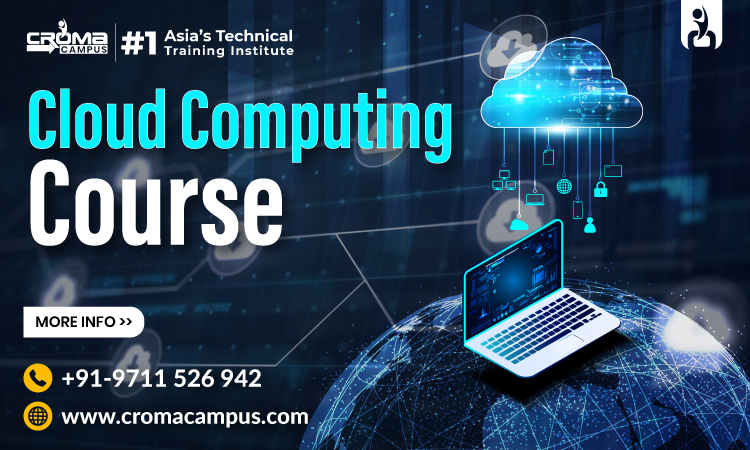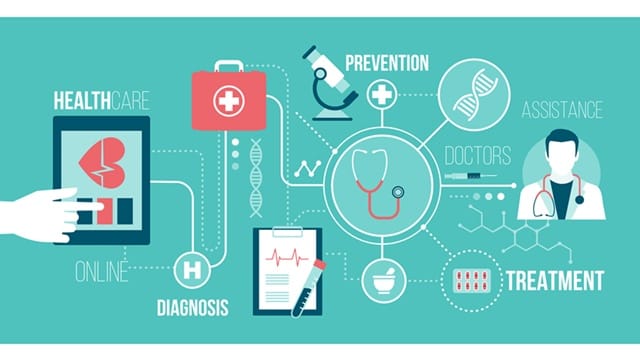In the modern landscape, Software as a Service has become trending, in integration with cloud computing. It is essential to understand the basic components of SaaS and Cloud Computing. SaaS is a distribution model where applications are mainly hosted by a third-party provider. Through this way, it is made available to the customers over the Internet. SaaS with Cloud Computing can provide many benefits to its users.
Also if you know SaaS, then should also start learning cloud computing. You can also enroll in Cloud Computing Classes to acquire the necessary knowledge and skills. After completing the course, you may have bright opportunities to expand your career. But before enrolling in the course, let’s understand why SaaS is so useful.
Characteristics of SaaS:
-
There is no need for local installation, as it can be accessed through the Internet.
-
You just have to pay subscription fees to access this software.
-
Multiple businesses use it to save the cost for the provider.
-
It is a completely scalable solution, that can be up or down as per your needs.
How can SaaS improve Efficiency?
SaaS can improve the efficiency of the organization. But how? Let’s have a look at it:
Reduced IT Costs:
-
It reduces the need to buy and maintain on-premises servers, software licenses, and IT infrastructure.
-
You need not hire staff, because SaaS providers handle software updates, security patches, and maintenance, freeing up internal IT resources.
-
When you need to implement any new software, it can deploy faster.
Enhanced Collaboration:
-
Employees can efficiently access applications from any device with an internet connection.
-
Teams can work together seamlessly and efficiently with real-time collaboration on documents.
-
SaaS applications can be optimized effectively on mobile devices.
Increased Productivity:
-
It facilitates users to start using the application without any lengthy implementation procedure.
-
There is no need to remember for updation. The software gets auto-updated with the latest features and security patches.
-
SaaS is a user-friendly interface and has intuitive designs.
Improved Security:
-
With SaaS, you need not to worry about the security measures. Because it invests heavily in the security infrastructure and expertise.
-
There are regular security updates done on SaaS. So applications can benefit from it.
-
SaaS providers typically offer robust data backup and recovery services.
Scalability and Flexibility:
-
SaaS applications can easily adjust to fluctuating business demands, expanding or contracting as needed. Additionally, SaaS providers often handle capacity planning and management, freeing up internal IT teams to focus on strategic initiatives.
-
SaaS providers can easily introduce new features and functionalities. It allows businesses to stay competitive and adapt to changing market conditions.
-
SaaS providers often invest in research and development to enhance their offerings and provide customers with access to the latest advancements.
-
With SaaS, organizations have to pay only for the resources they use. It eliminates the need for large upfront investments and reduces the risk of overspending.
What are the Examples of SaaS Applications?
SaaS has become prevalent in the industry. Many organizations are using it to increase efficiency. It is used in various fields as well. Also for the employees training cloud computing classes to benefit your business a lot. Let’s list down them:
-
Customer Relationship Management (CRM): Salesforce, HubSpot
-
Email and Collaboration: Google Workspace, Microsoft 365
-
Enterprise Resource Planning (ERP): NetSuite, SAP
-
Human Capital Management (HCM): Workday, ADP
-
Project Management: Asana, Trello
Challenges Involved in Using SaaS:
Every technology is advantageous to us in several ways, but it also has limitations. SaaS is also one of them. But these challenges can be overcome to some extent. But before that, let’s have a look at what are the challenges involved in using SaaS.
-
There should be a reliable internet connection. It is necessary because of uninterrupted service. If connectivity issues arise, it can affect user productivity and collaboration. Additionally, businesses should have contingency plans in place to face potential internet outages or disruptions.
-
Even SaaS provides heavy in terms of security, but you should stay on the safe side. An organization must implement appropriate data measures.
-
It is necessary to stay in contact with more providers. Because a business decides to change providers, migrating data and processes can be complex and time-consuming. So to reduce this risk organizations need to stay alert.
-
SaaS mainly focuses on providing a standard user experience, but it can restrict customization options. If they try to provide configuration settings and customization features, the level of flexibility may not always match the needs of specific organizations.
Conclusion:
SaaS is a modern way of saying you can use software online without installing it on your computer. It’s like renting software instead of buying it. This saves businesses money and time.SaaS helps companies work faster, spend less, and share information better. It’s become really important for businesses to use.
To learn more about SaaS and get a good job, you should take classes about cloud computing. You can even get Cloud Computing Certification to show how smart you are about it. So get ahead and learn about it. There is best way to learn is to implement your knowledge in the practice. So keep learning and growing.



